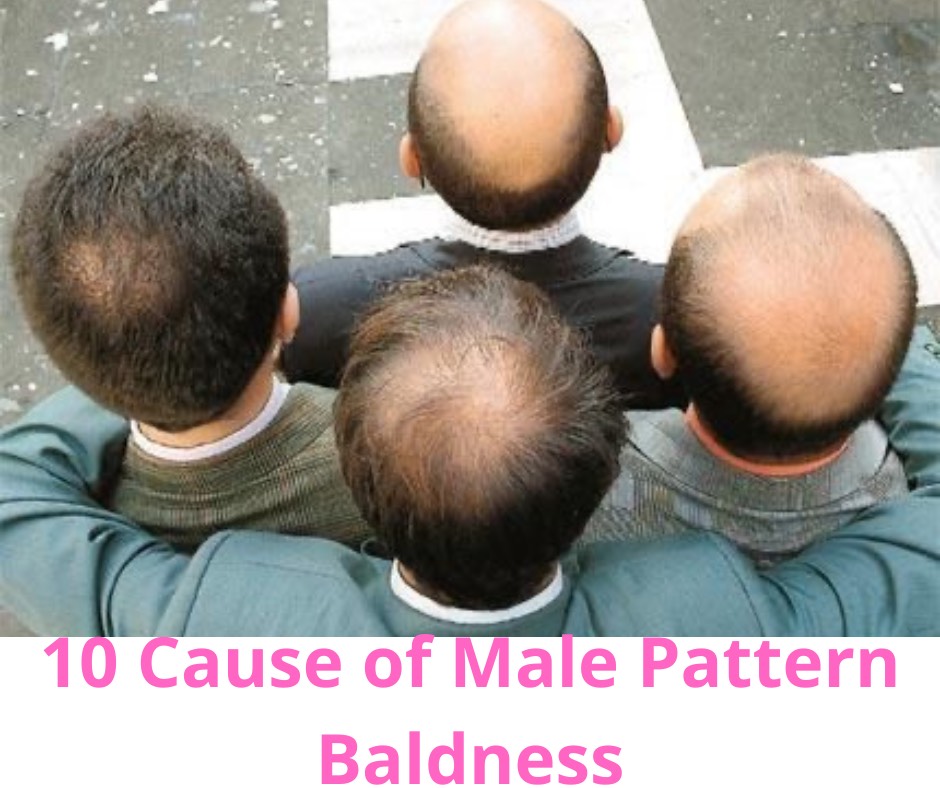Are you tired of catching glimpses of your receding hairline in the mirror? Male pattern baldness is a common concern for many men, affecting self-esteem and confidence. But have you ever wondered what truly lies behind this mysterious phenomenon? In this article, we embark on a journey to decipher the enigmatic 10 causes of male pattern baldness. From genetic predispositions to lifestyle factors, each trigger unravels a piece of the complex puzzle that leads to hair loss in men. Join us as we explore the science behind this age-old conundrum and uncover the secrets hidden beneath the surface of male pattern baldness.

1.Genetic Factors: A significant factor in male pattern baldness is genetics, with susceptibility often inherited from family members.
2.Hormonal Changes: Fluctuations in hormones, particularly dihydrotestosterone (DHT), can contribute to hair follicle shrinkage and eventual hair loss.
3.Age: As men age, the hair growth cycle slows down, leading to thinning and eventual baldness in susceptible individuals.
4.Scalp Inflammation: Conditions such as scalp psoriasis and seborrheic dermatitis can cause inflammation, disrupting the hair growth cycle and leading to hair loss.
5.Poor Nutrition: Inadequate intake of essential nutrients like vitamins, minerals, and proteins can negatively impact hair health and contribute to baldness.
6.Stress: Chronic stress can disrupt hormone levels and blood flow to the scalp, leading to hair follicle miniaturization and eventual hair loss.
7.Medications: Certain medications, such as those for cancer, high blood pressure, and depression, may cause hair loss as a side effect.
8.Smoking: Smoking can restrict blood flow to the scalp, depriving hair follicles of essential nutrients and leading to hair loss.
9.Environmental Factors: Exposure to pollutants, toxins, and UV radiation can damage the scalp and hair follicles, accelerating hair loss.
10.Hairstyling Practices: Overuse of styling products, frequent heat styling, and tight hairstyles like ponytails and braids can weaken the hair shaft and contribute to hair loss over time.
In conclusion, male pattern baldness is a complex condition with various contributing factors. Genetic factors play a significant role in determining who will experience hair loss. Hormonal changes, particularly the influence of dihydrotestosterone (DHT), can also trigger hair thinning and loss. Age is another factor that can exacerbate balding as men grow older. Additionally, scalp inflammation and chronic stress have been linked to accelerated hair loss in some individuals. Understanding these ten causes of male pattern baldness is crucial for developing effective prevention and treatment strategies. It is important for individuals experiencing hair loss to seek professional guidance and explore available treatment options to address this issue effectively.
